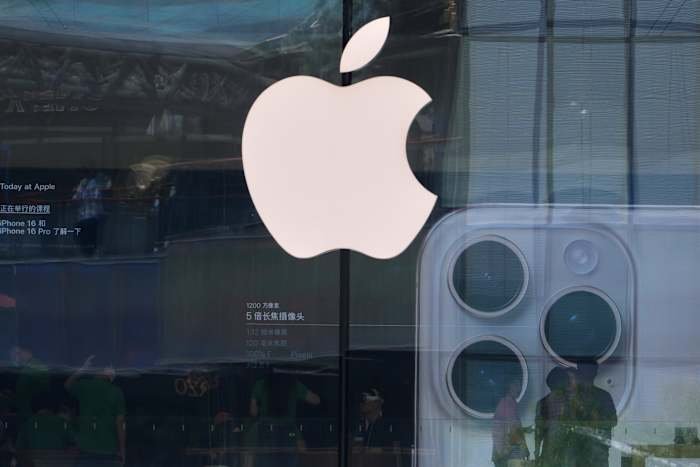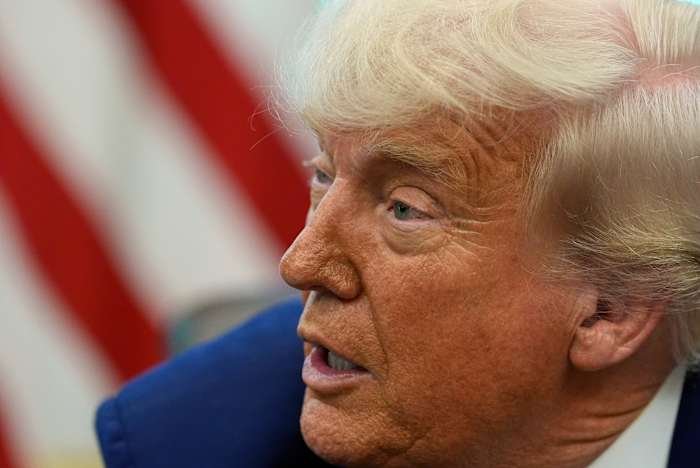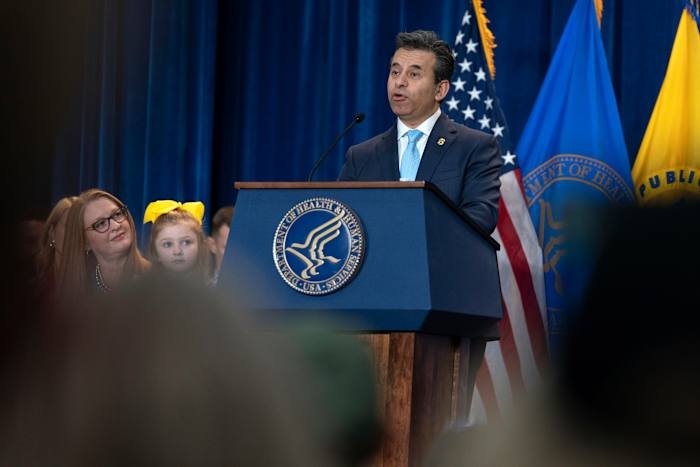Apple has long been a symbol of American innovation, but the iconic iPhone is almost never made in the United States. That could soon change, as President Donald Trump recently threatened a 25% tariff on iPhones not produced domestically. With Apple now planning to source nearly all U.S. iPhones from India, this move could have significant implications not only for the tech industry, but also for communities across the country—including right here in Orlando.
The History of iPhone Manufacturing
Since the first iPhone launch in 2007, Apple has relied on a vast, complex global supply chain, with the majority of its devices assembled in China. The reasons have been many: lower labor costs, highly specialized factories, and a robust infrastructure that supports the scale and speed required by Apple’s massive operations. While Apple is an American company headquartered in Cupertino, California, its manufacturing strategy has always prioritized efficiency and cost-effectiveness over domestic production.
For Orlando residents, this means that every iPhone in our pockets has traveled thousands of miles before reaching local store shelves. The lack of domestic manufacturing has also meant fewer direct job opportunities in high-tech device assembly for Floridians, despite the region’s growing technology sector.
India’s Rise as an iPhone Hub
In recent years, geopolitical tensions and rising labor costs in China have pushed Apple to diversify its manufacturing base. India has emerged as a key player, thanks to government incentives, a large workforce, and improving infrastructure. By the end of this year, Apple expects nearly all iPhones sold in the U.S. to be sourced from Indian factories.
This shift is significant for U.S. consumers, including those in Orlando. While it might help Apple avoid some tariffs on Chinese imports, it still means that the economic benefits of high-tech manufacturing are flowing overseas. Local businesses that support Apple’s supply chain—from logistics to repair services—may feel the impact if more production moves offshore.
President Trump’s Tariff Threat
On Friday, President Donald Trump made headlines by threatening a 25% tariff on iPhones if Apple does not move production to the United States. The intent is clear: to pressure Apple into bringing manufacturing—and its associated jobs—back home. Such a move could have a ripple effect through the U.S. economy, potentially boosting regions like Orlando with new jobs and investments.
But the reality is complex. Building iPhones in the U.S. would require significant investment in new facilities, retraining workers, and establishing a domestic supply chain for hundreds of components. There are concerns that these costs could be passed on to consumers, leading to higher prices for the latest gadgets at Orlando’s Apple Stores and local carriers. For small businesses that rely on affordable tech, this could be a major challenge.
Potential Impacts on Orlando
So what does all this mean for Orlando? As a city with a burgeoning tech scene, any shift in Apple’s manufacturing strategy could have local consequences. If tariffs drive up iPhone prices, local consumers may delay upgrades or seek alternatives. Repair shops and tech accessory businesses might also see changes in demand.
On the flip side, if Apple were to invest in U.S.-based manufacturing, it could create new opportunities for Orlando’s skilled workforce, especially in logistics, engineering, and advanced manufacturing. The region’s proximity to shipping ports and its strong educational institutions could make it an attractive site for supporting Apple’s expanded U.S. operations.
Local officials and business leaders will be watching closely. If Apple decides to shift even a portion of its supply chain to the United States, Orlando could position itself as a hub for future investment—bringing high-paying jobs and boosting the local economy.
The Road Ahead: Challenges and Opportunities
While the idea of American-made iPhones is appealing, there are still major hurdles ahead. Apple’s reluctance to shift production to the U.S. has been driven by concerns over cost, supply chain complexity, and the unique capabilities of overseas partners. Convincing the tech giant to make the leap will likely require a mix of government incentives, infrastructure investment, and workforce development.
For Orlando, this is both a challenge and an opportunity. The city’s tech sector is growing, and there is a skilled labor pool eager for new opportunities. With the right policies and partnerships, Orlando could become a player in the future of U.S. electronics manufacturing. The question remains: will Apple—and the U.S. government—take the steps necessary to make it happen?
Conclusion
As the debate over iPhone manufacturing heats up, Orlando has a stake in the outcome. Whether it’s higher prices at the mall or new jobs on the horizon, the decisions made in Cupertino and Washington will be felt right here in Central Florida. What do you think? Would you pay more for an American-made iPhone? How could Orlando benefit from a shift in tech manufacturing? Share your thoughts in the comments below—we want to hear from our local readers!
















